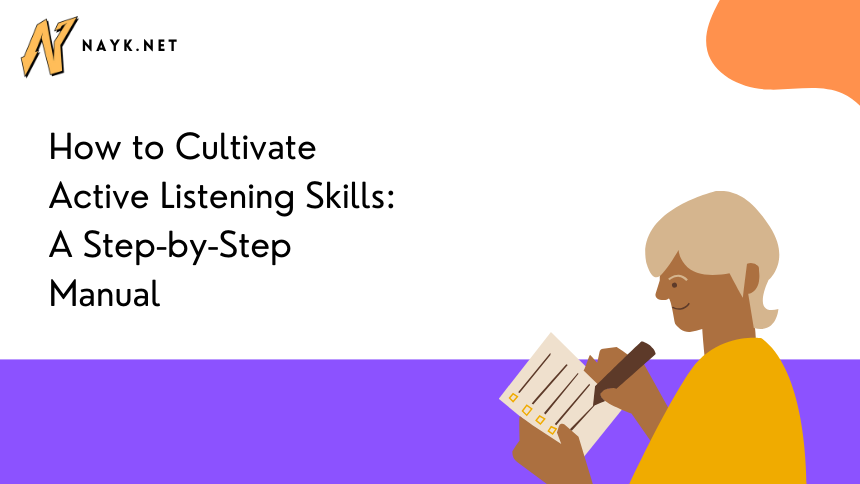Welcome to the journey of enhancing your communication skills through active listening. In today’s fast-paced world, the art of truly listening to someone has become somewhat of a rarity. Yet, it’s a skill that can transform personal and professional relationships. Imagine being the person everyone wants to talk to, not because you’re an excellent speaker, but because you’re an exceptional listener.
Active listening is not just about hearing words; it’s about understanding messages, emotions, and the subtle nuances in conversations. This guide will take you through the essentials of developing active listening skills, with each step aimed at enriching your interactions and fostering meaningful connections.
Understanding Active Listening
What does it mean to listen actively? It means fully concentrating on the speaker, understanding their message, responding appropriately, and remembering what was said. It’s a multi-faceted skill that involves both verbal and nonverbal communication cues. The importance of active listening cannot be overstated—it allows for better problem-solving, conflict resolution, and relationship building.
When you listen actively, you give the speaker the gift of your undivided attention, which in turn can lead to increased trust and respect. It’s an essential component for success in negotiations, interviews, and everyday life. Let’s explore how to develop this crucial skill further.
The Building Blocks of Active Listening

Active listening comprises several key components. Nonverbal communication signals that you are engaged, whether it’s nodding your head or maintaining eye contact. Empathy allows you to connect with the speaker’s emotions, creating a supportive environment for open communication. Summarization helps in confirming that you understand the message by repeating back key points in your own words.
These elements form the foundation of active listening. By mastering each, you can ensure that you’re not just hearing, but comprehending and valuing what others have to say. It’s time to delve into how these components work together to make you a better listener.
Practicing Active Listening in Daily Interactions
Daily life offers countless opportunities to practice active listening. Simple acts like maintaining eye contact signal to the speaker that they have your attention. Asking clarifying questions shows that you are not only following along but are also interested in understanding completely.
It’s important to avoid interrupting while someone is speaking. Instead, wait for natural pauses to ask questions or share your thoughts. Practice makes perfect and everyday situations—whether it’s a conversation with a coworker or a chat with a friend—are perfect scenarios to hone your listening skills.
Deepening Your Active Listening Abilities
Beyond the basics, there are advanced techniques that can enhance your active listening. Reflective listening involves paraphrasing what the speaker has said to show understanding. Validation, on the other hand, acknowledges the speaker’s feelings and perspectives, fostering a deeper connection.
These techniques require practice and patience. They are powerful tools that can lead to more profound insights into others’ thoughts and feelings. With time and dedication, you can elevate your conversations from simple exchanges to meaningful dialogues.
Overcoming Common Challenges
While the path to becoming an active listener is rewarding, it’s not without its challenges. Distractions are everywhere—from smartphones to our own wandering thoughts. Learning to manage these distractions is crucial. Additionally, emotional responses can sometimes make it hard to remain focused on the speaker’s message.
Strategies such as mindfulness can help in managing distractions and staying present during a conversation. When emotions run high, it helps to take a moment to breathe and center yourself before responding. Overcoming these challenges is all part of refining your active listening skills.

